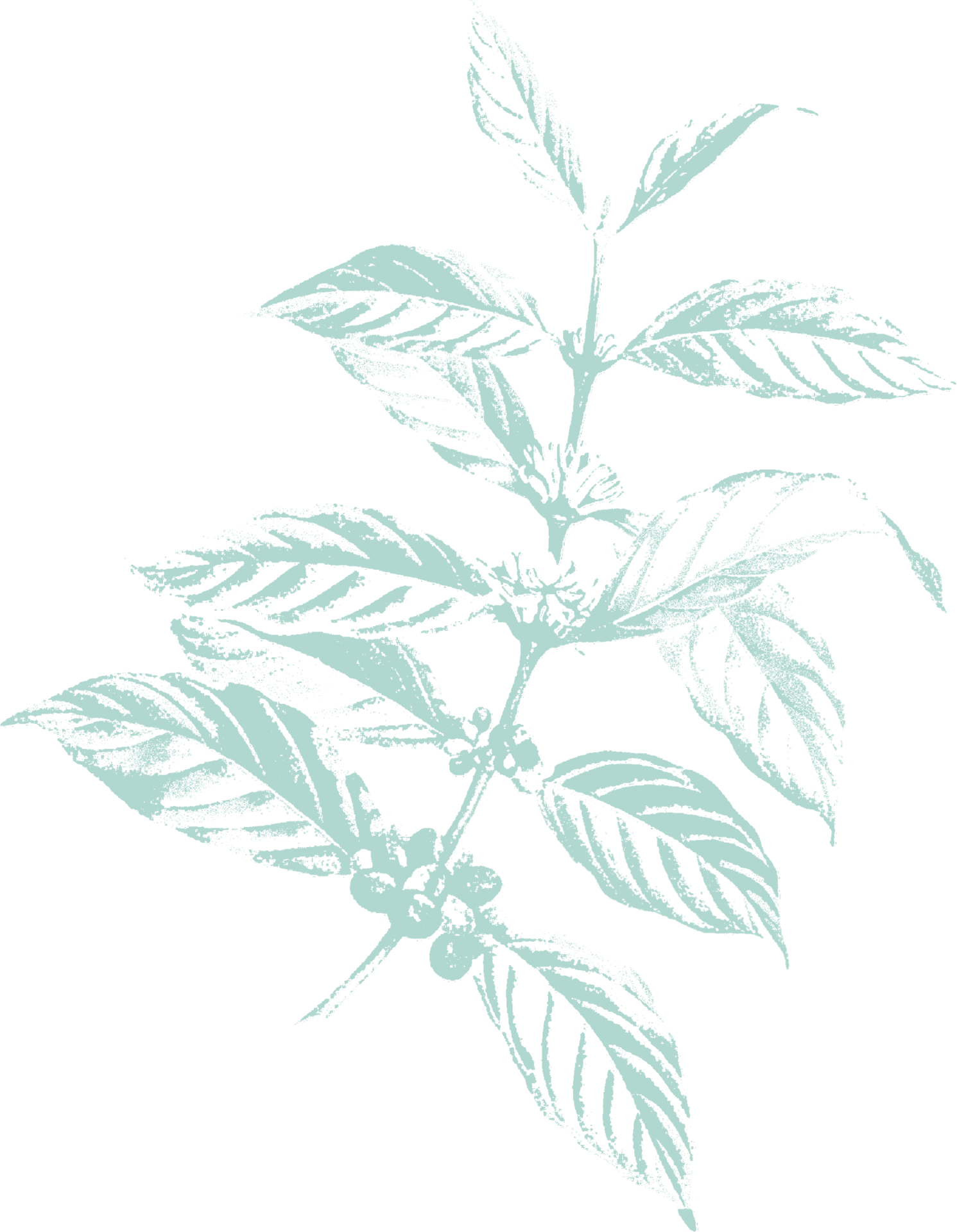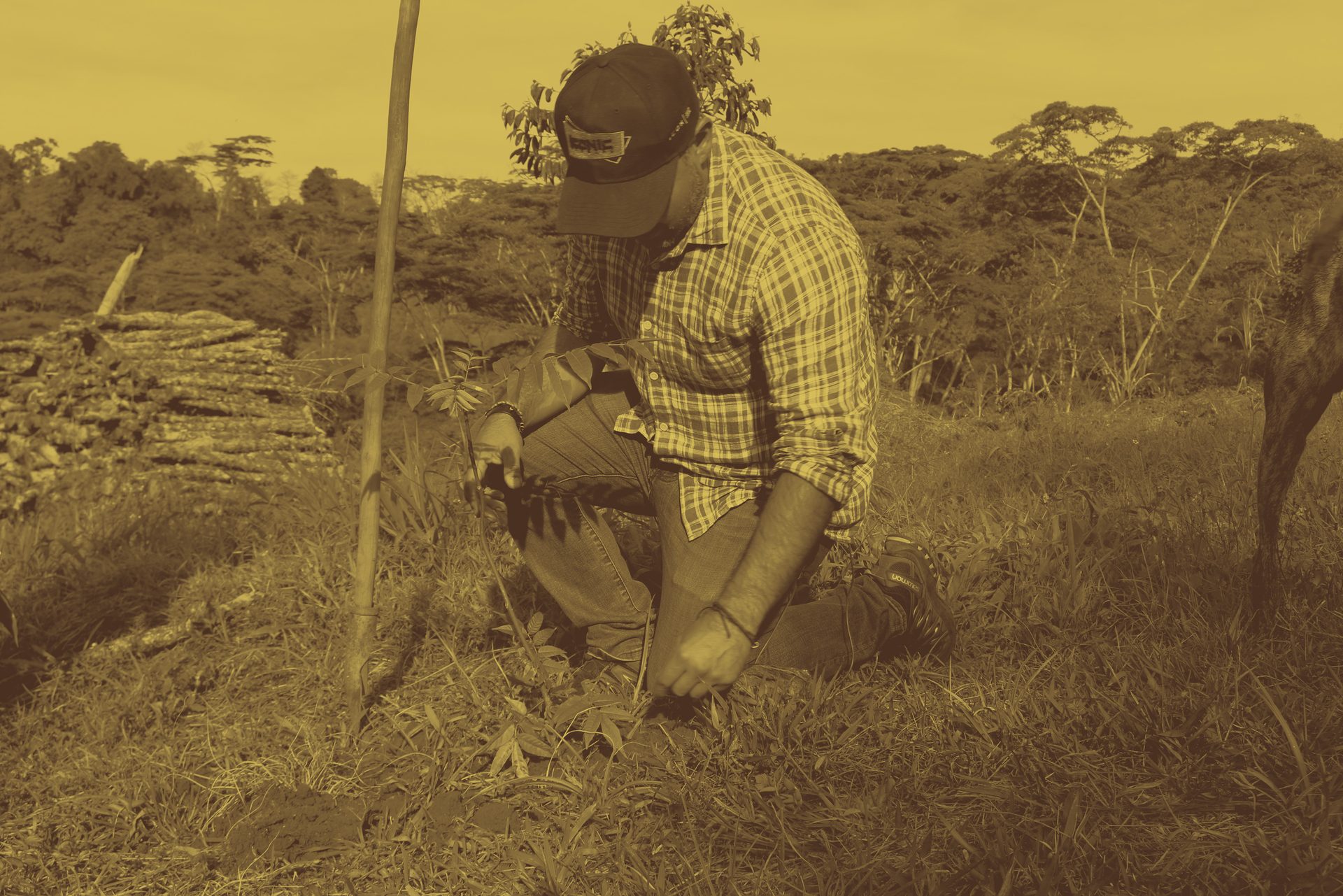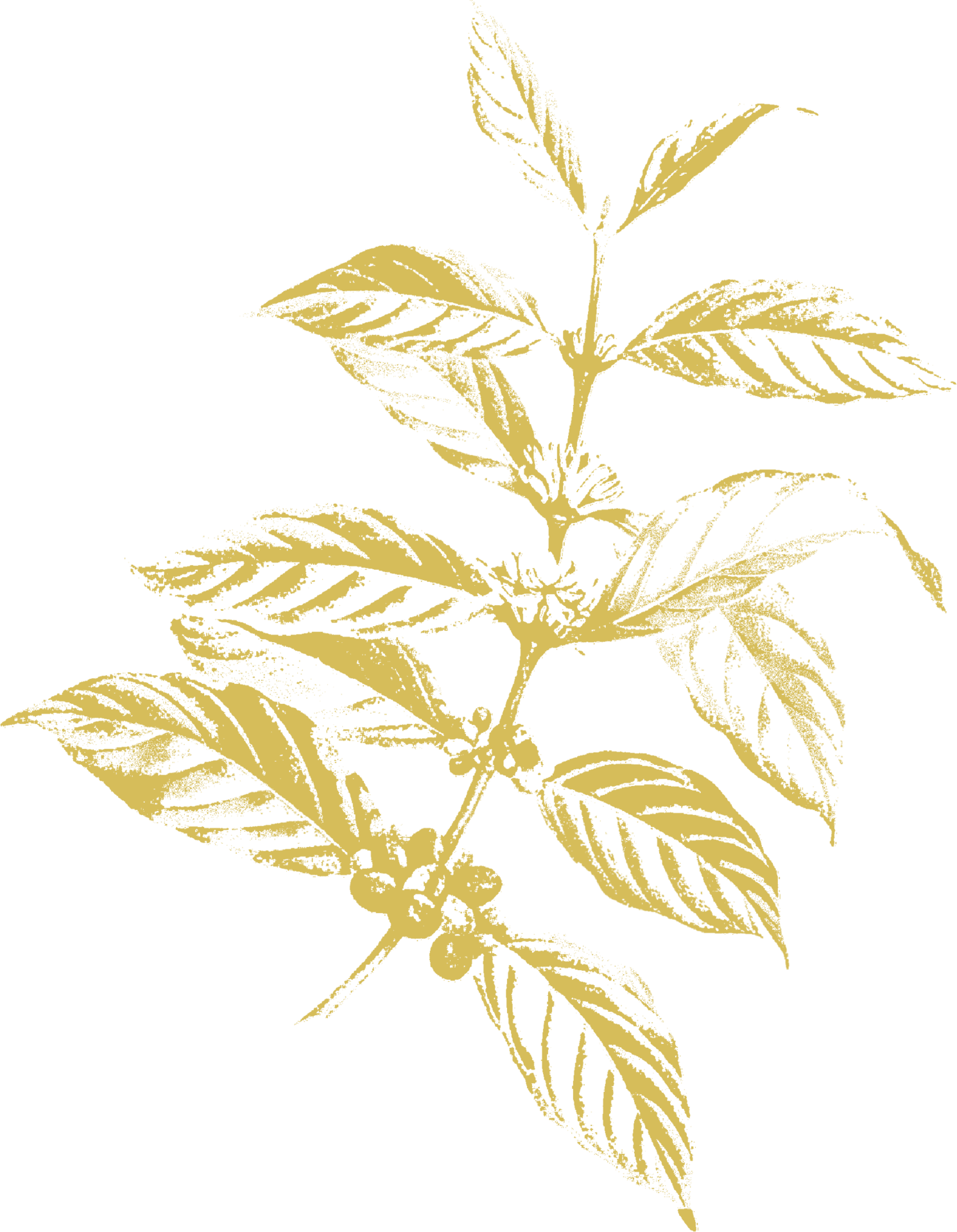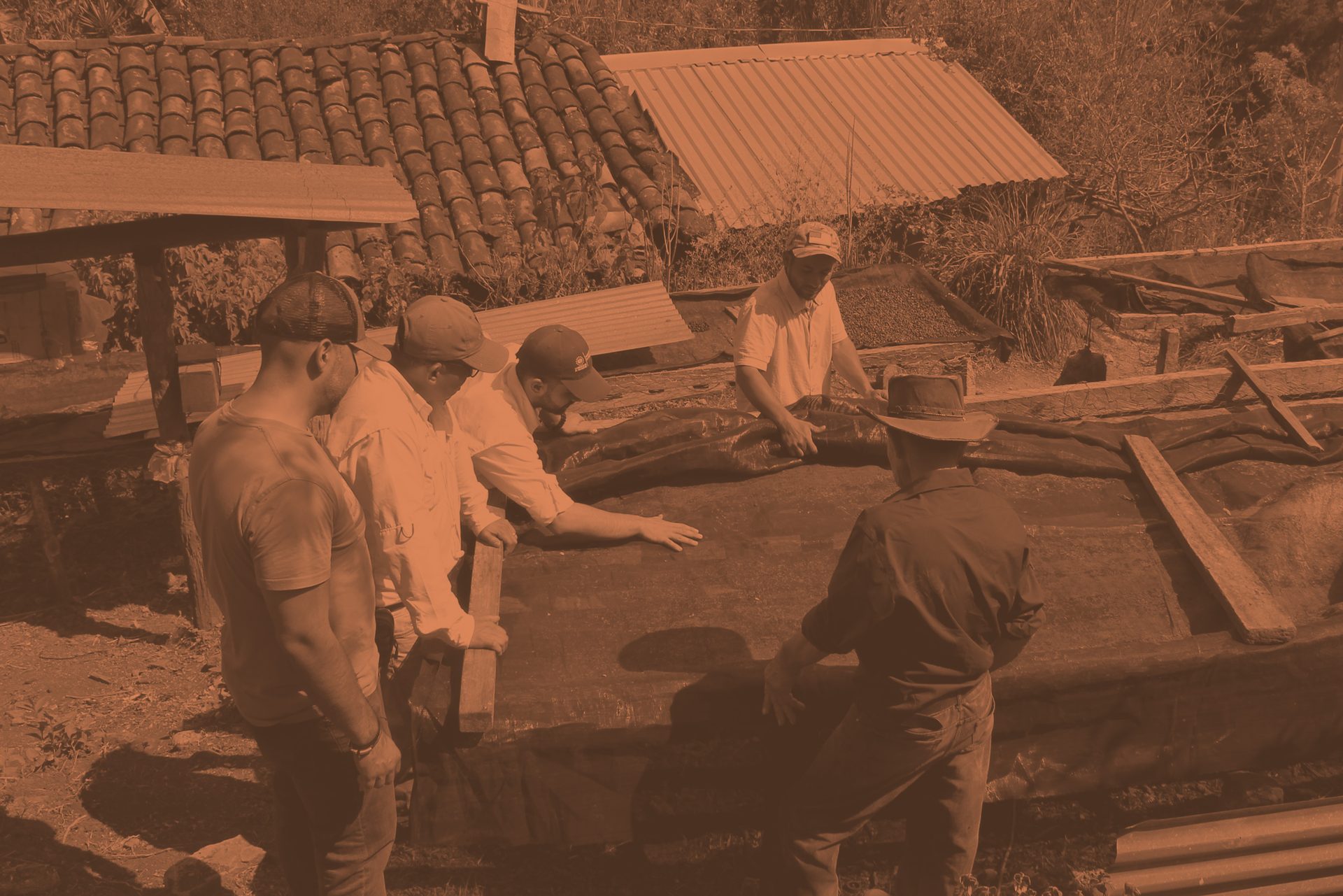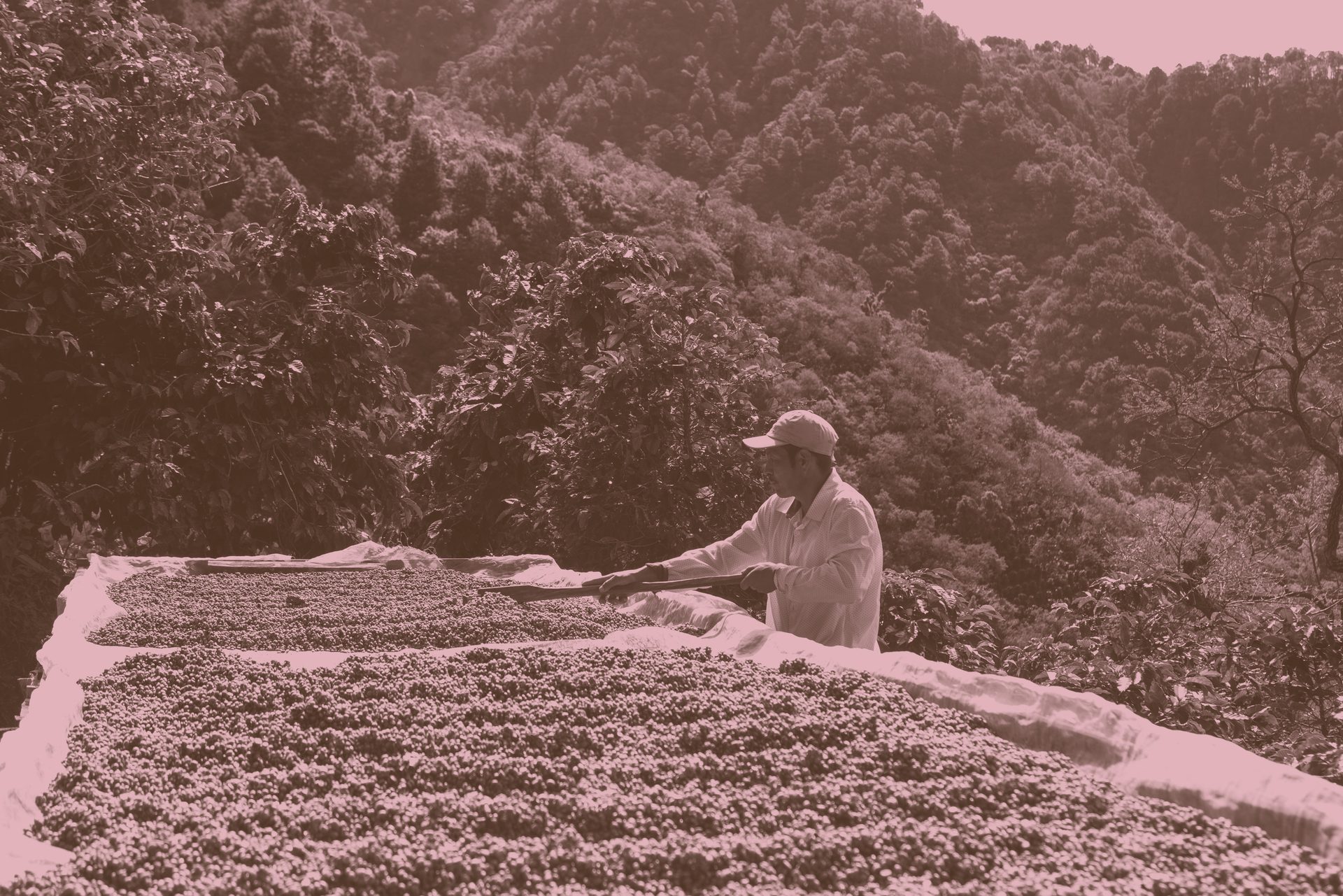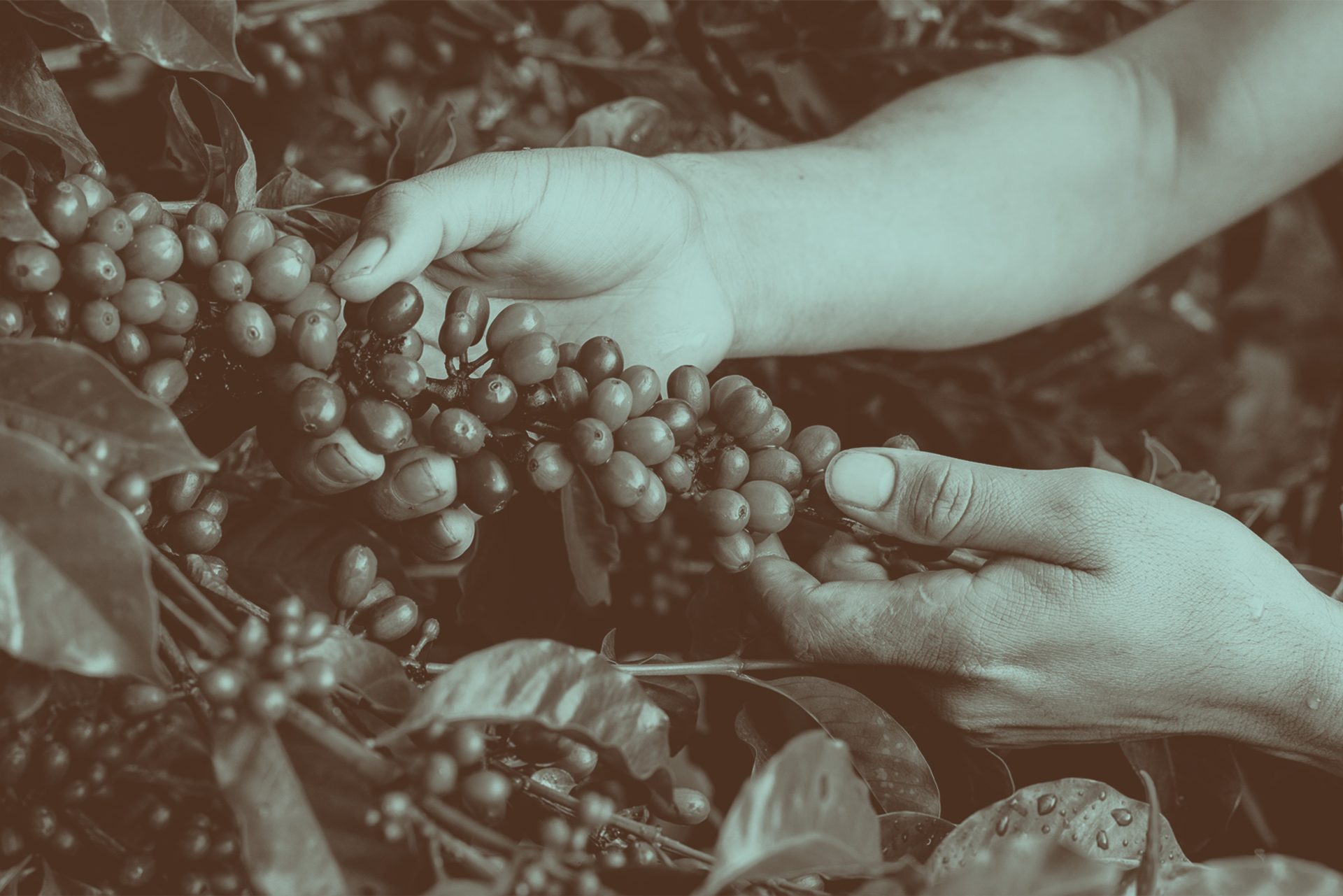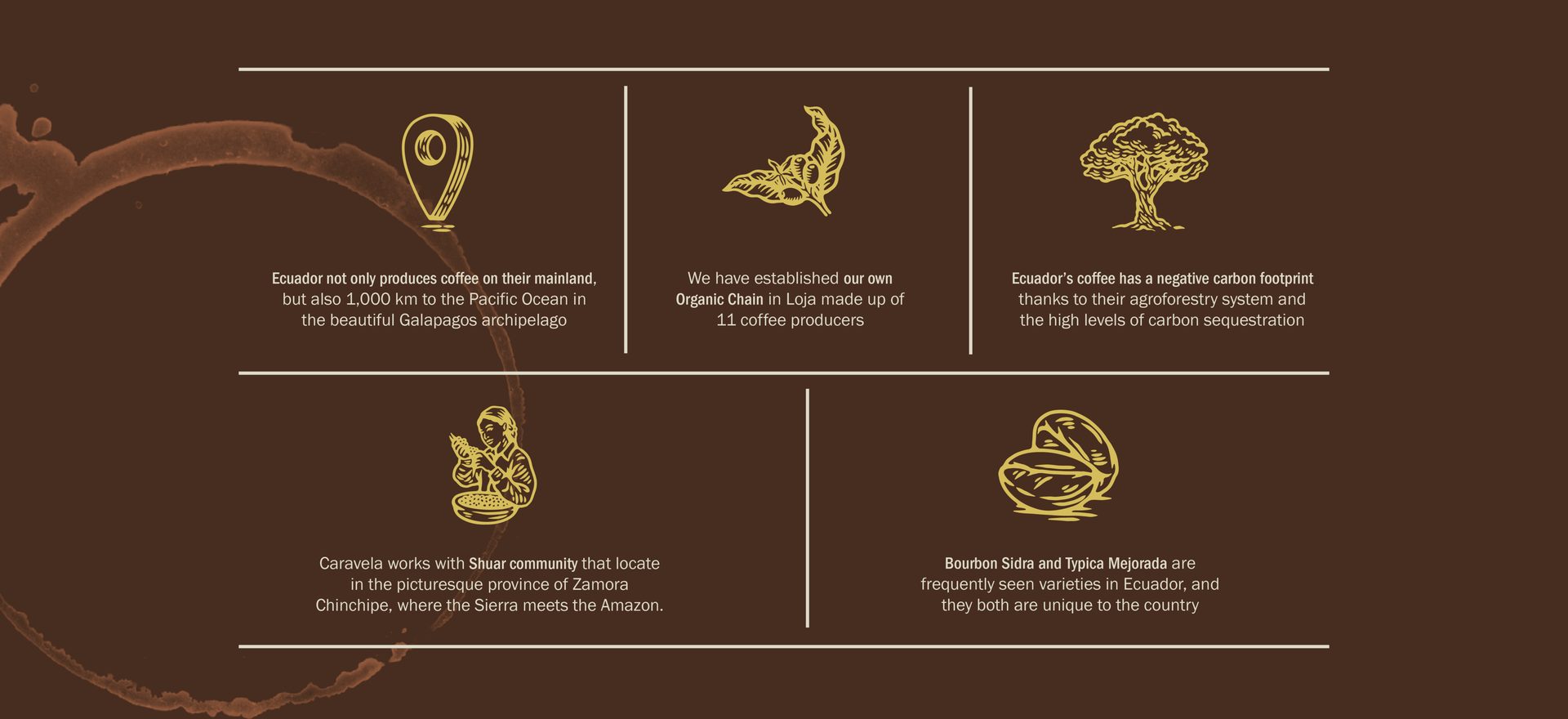

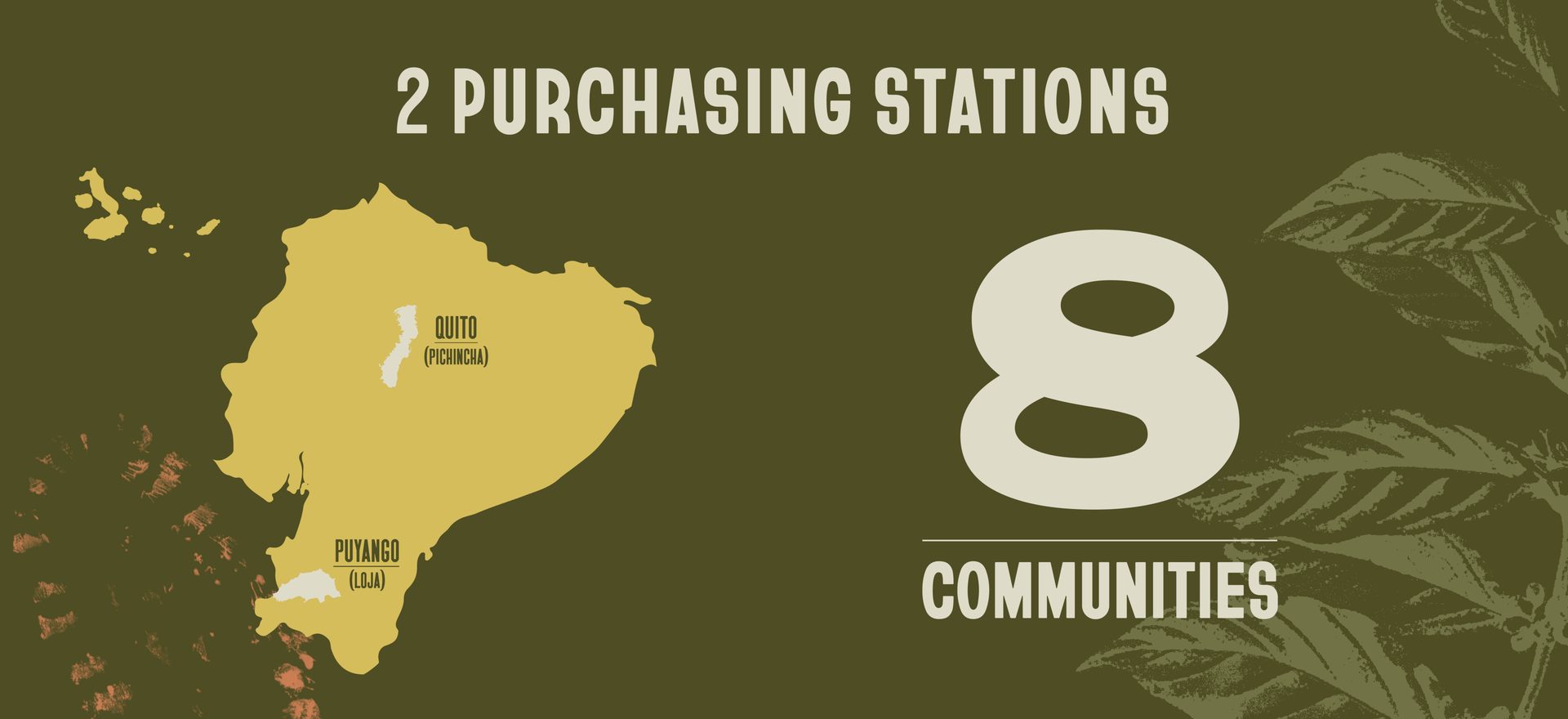
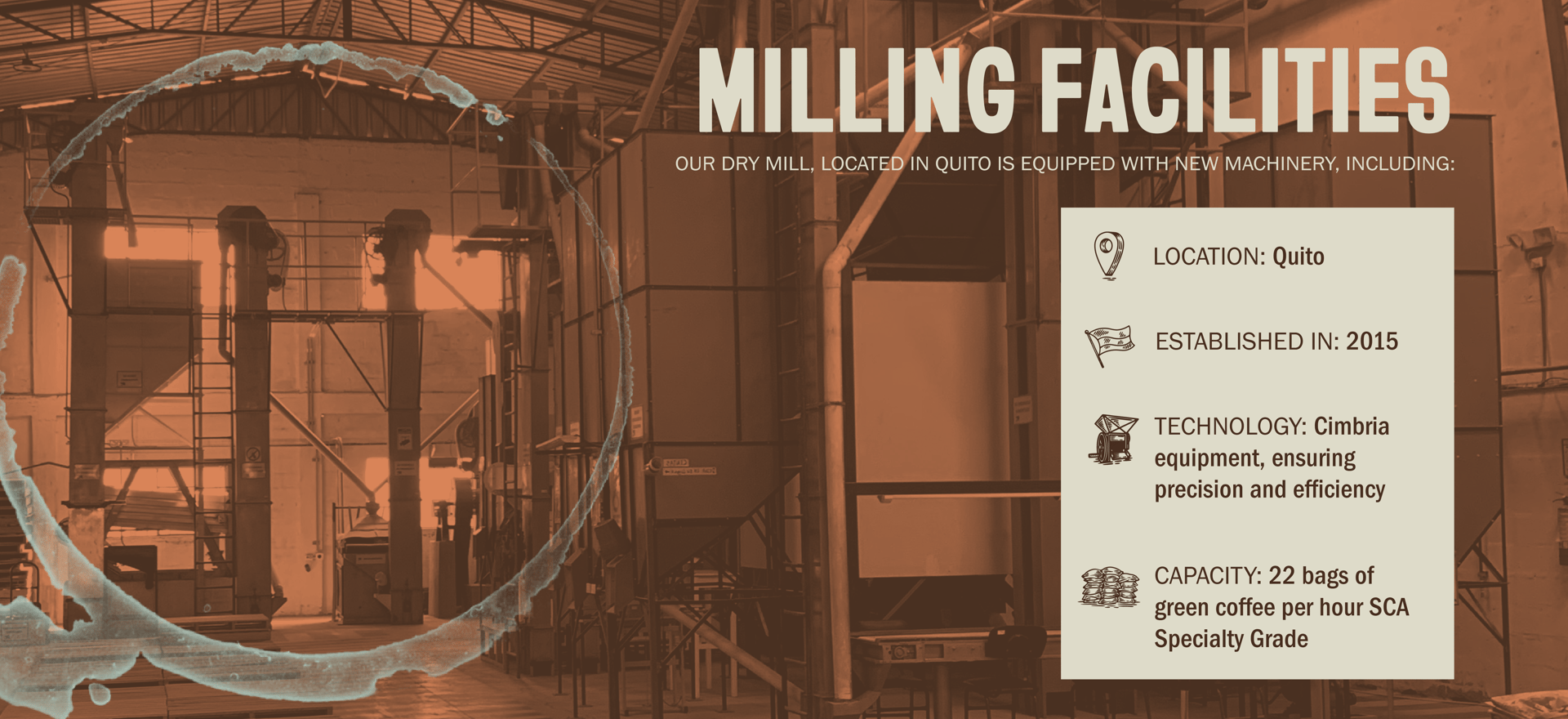
Fun Facts
Producers
Purchasing stations
Milling Facilities


Ecuador is often overlooked for its exceptional coffee, situated between giants like Colombia and Peru. Historically, it has been known for producing instant coffee, either from large plantations or imports. Ecuador is also unique in being one of the few coffee-producing countries that grow both Arabica and Robusta, with a distribution of about 70% Arabica and 30% Robusta.
In recent years, demographic, climatic, and market trends have drastically reduced Ecuador's coffee output, leaving only a fraction of what was exported a decade ago. However, this shift has resulted in a focus on quality over quantity. Today, Ecuadorian coffee producers offer captivating single-origin gems and unique blends, perfect for seasonal espresso or rare and exotic coffee menus.
Continental Ecuador grows coffee at altitudes ranging from 1,200 to 2,000 meters above sea level, cultivating traditional varieties like Typica, Typica Mejorada, Caturra, Bourbon, and Sidra.
In the Galapagos, the Humboldt oceanic current creates perfect microclimates for coffee at altitudes of 400 meters and below, with farms often featuring trees over 20 to 30 years old and primarily growing heirloom varieties like Typicas and Bourbons.
Ecuador's distinctiveness goes beyond its magical coffee. The coffee we source from both the mainland and the Galapagos has a negative carbon footprint, thanks to high levels of carbon sequestration due to abundant trees and vegetation. Additionally, many Ecuadorian coffee growers use little to no fertilizer, significantly reducing carbon emissions.
Despite challenges like high production costs in a dollarized economy and lower farm productivity, Ecuadorian coffee producers' resilience and dedication drive its revival as a specialty coffee exporter.
A BIT OF HISTORY


